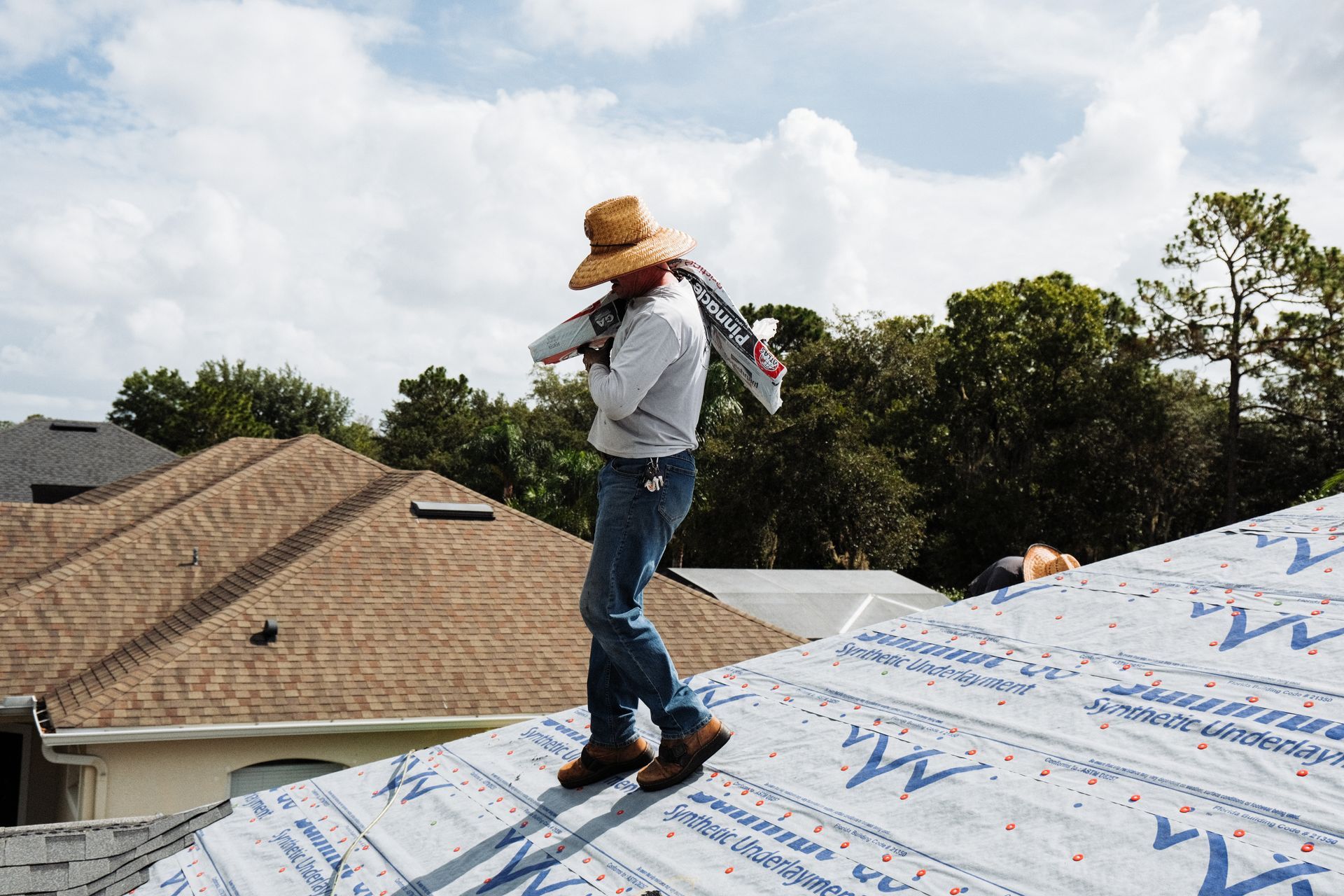Financing Options Available - Learn More
7 Essential Tips for Roof Replacement Near Me
Navigating the world of roof replacement can be a daunting task, especially if you're unsure where to start. Whether you need a new roof due to wear and tear or damage, it's crucial to make informed decisions. Here are seven essential tips that will guide you through a smooth roof replacement process, ensuring you find the best options available near you.
1. Assessing Your Current Roofing Situation
Before you dive into replacement options, take a moment to evaluate your existing roof. Look for signs of wear, leaks, or damage that may necessitate a replacement sooner rather than later. Understanding the state of your roof will help you make informed decisions moving forward.
It may be beneficial to conduct a thorough inspection of your roof from both inside and outside your home. Inspecting the attic for water stains or dampness can provide clues about any potential leaks. Furthermore, examining the roof surface for missing shingles or sagging areas can highlight problems that could worsen if not addressed promptly. Remember, your roof protects your home from the elements, and knowing its condition can save you from more extensive repairs later.
2. Researching Local Roofing Contractors
Finding a reliable roofing contractor is crucial for a successful replacement. Take time to research local experts, read reviews, and seek recommendations from friends or family. A trustworthy contractor will provide quality work and ensure your roof is in good hands.
One way to streamline your search is by making a list of potential contractors and reaching out to them to gauge their responsiveness and professionalism. Ask them about their experience, especially with projects similar to yours. Make yourself familiar with their past work—photos, testimonials, and project references can be highly telling of what to expect.
In addition, don't ignore the value of checking online platforms for ratings and reviews of contractors in your area. Websites like Angie's List or Yelp can provide feedback from real customers, offering you insight into their reliability and quality of service. This step can help you narrow down your choices significantly, saving you time in the long run.
3. Getting Multiple Quotes for Competitive Pricing
Don’t settle for the first quote you receive. Reach out to several contractors to get multiple estimates. This not only gives you a range of price options but also allows you to compare services and materials included with each quote.
As you collect these quotes, it's essential to pay attention to details rather than just focusing on the bottom line.
Sometimes, a lower quote may indicate the use of inferior materials or cutting corners that could lead to bigger issues down the road. Conversely, a higher quote may reflect quality materials and greater expertise. Understanding what each quote entails can help you make a truly informed decision.
4. Understanding Your Roofing Material Options
Different roofing materials come with varying benefits and price points. Whether it's asphalt shingles, metal roofing, or tile, it’s essential to understand the pros and cons of each. This knowledge will enable you to choose a material that suits your budget and aesthetic goals.
For instance, asphalt shingles are often favored for their affordability and ease of installation, making them a popular choice for many homeowners. On the other hand, metal roofing can offer enhanced durability and longevity, albeit at a higher upfront cost. Tile roofs not only bring a distinctive look to your home but also provide excellent durability and resistance against harsh weather conditions. By exploring these options thoroughly, you can align your choice with both your functional needs and style preferences.
5. Checking for Proper Licensing and Insurance
It’s vital to confirm that your chosen contractor is licensed and insured. This protects you in case of accidents or damages during the project. Don’t hesitate to ask for proof of insurance and licenses before proceeding.
Verifying these credentials can prevent headaches down the line. A licensed contractor assures you that they meet industry standards and are officially recognized as professionals. Meanwhile, insurance is crucial—it covers you from liability if on-site accidents were to occur. This added layer of protection gives you peace of mind as work is carried out on your home.
6. Considering the Timing of Your Roof Replacement
Timing can greatly affect the success of your roof replacement. Aim for milder weather to avoid complications with installation. Spring and early fall are often ideal times for roofing projects, ensuring that materials adhere properly and work is not delayed due to severe weather.
Scheduling your roof replacement to coincide with dry, temperate seasons allows for the best possible conditions for both you and the roofing team. Rain and extreme cold can complicate the installation process, potentially leading to issues that might require additional repairs. Additionally, it’s wise to be mindful of your contractor's schedule—busy seasons can lead to longer waiting periods or rushed jobs, so planning ahead can also secure you a more reliable timeframe.
7. Communicating Clearly with Your Contractor
Open communication with your contractor is key throughout the roof replacement process. Discuss your expectations, ask questions, and ensure that both parties are on the same page. Clear communication fosters trust and leads to a better overall experience.
Setting up regular check-ins can keep you updated and ensure that the project stays on track. Whether through face-to-face meetings or phone calls, being proactive in your dialogue helps to clarify any misunderstandings before they escalate. Remember, a good contractor welcomes these discussions—they want you to be satisfied with the work being done, just as much as you do.
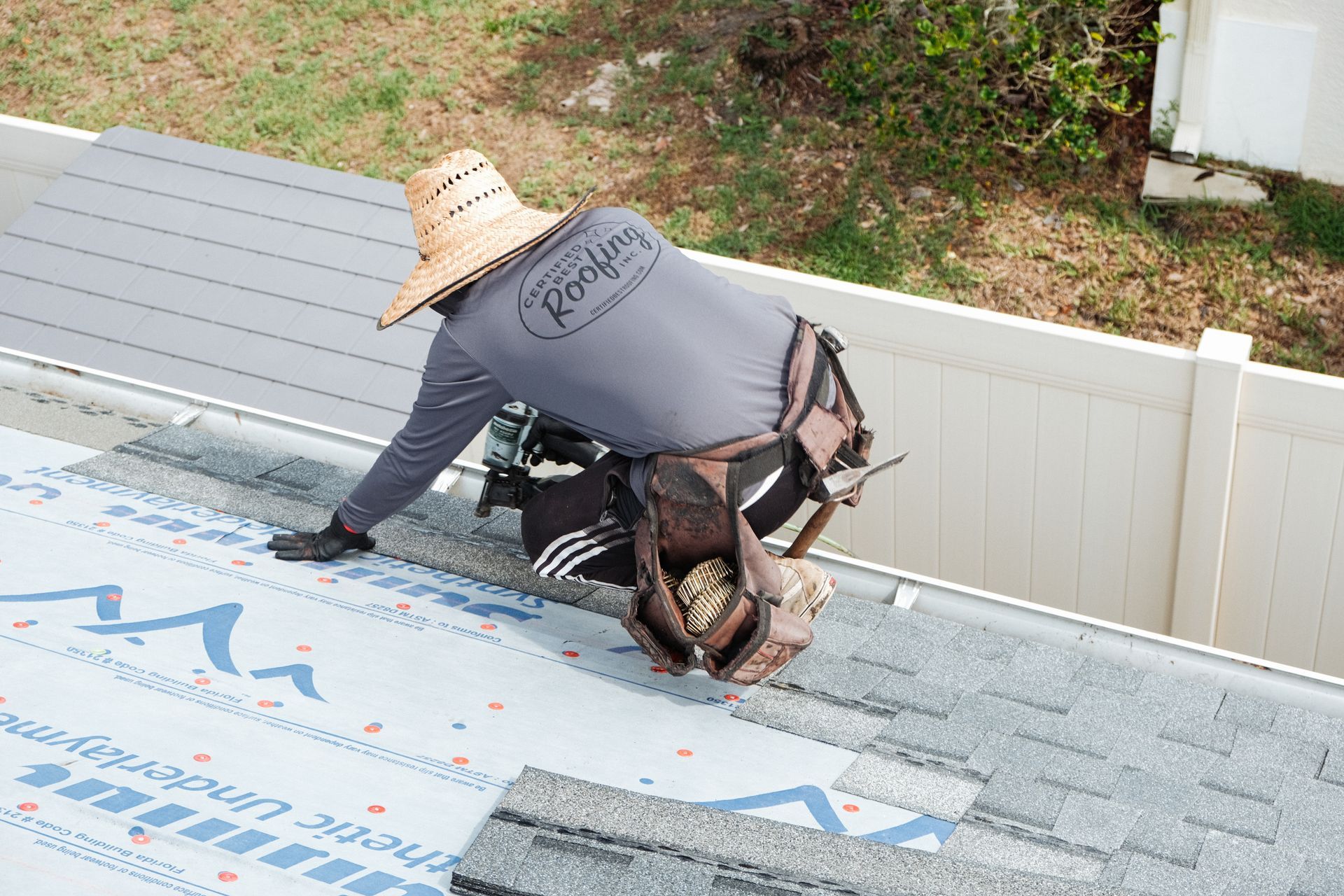
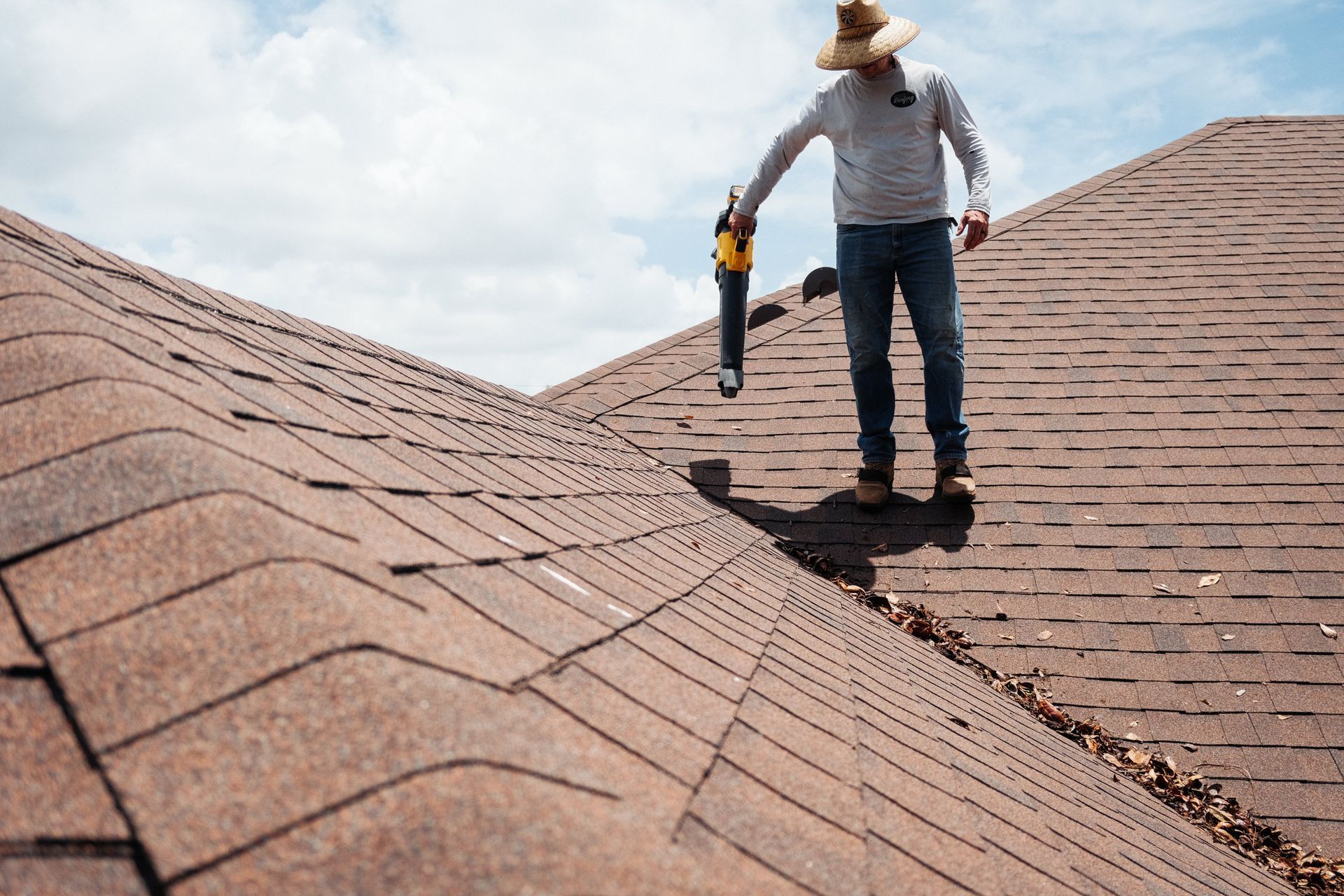



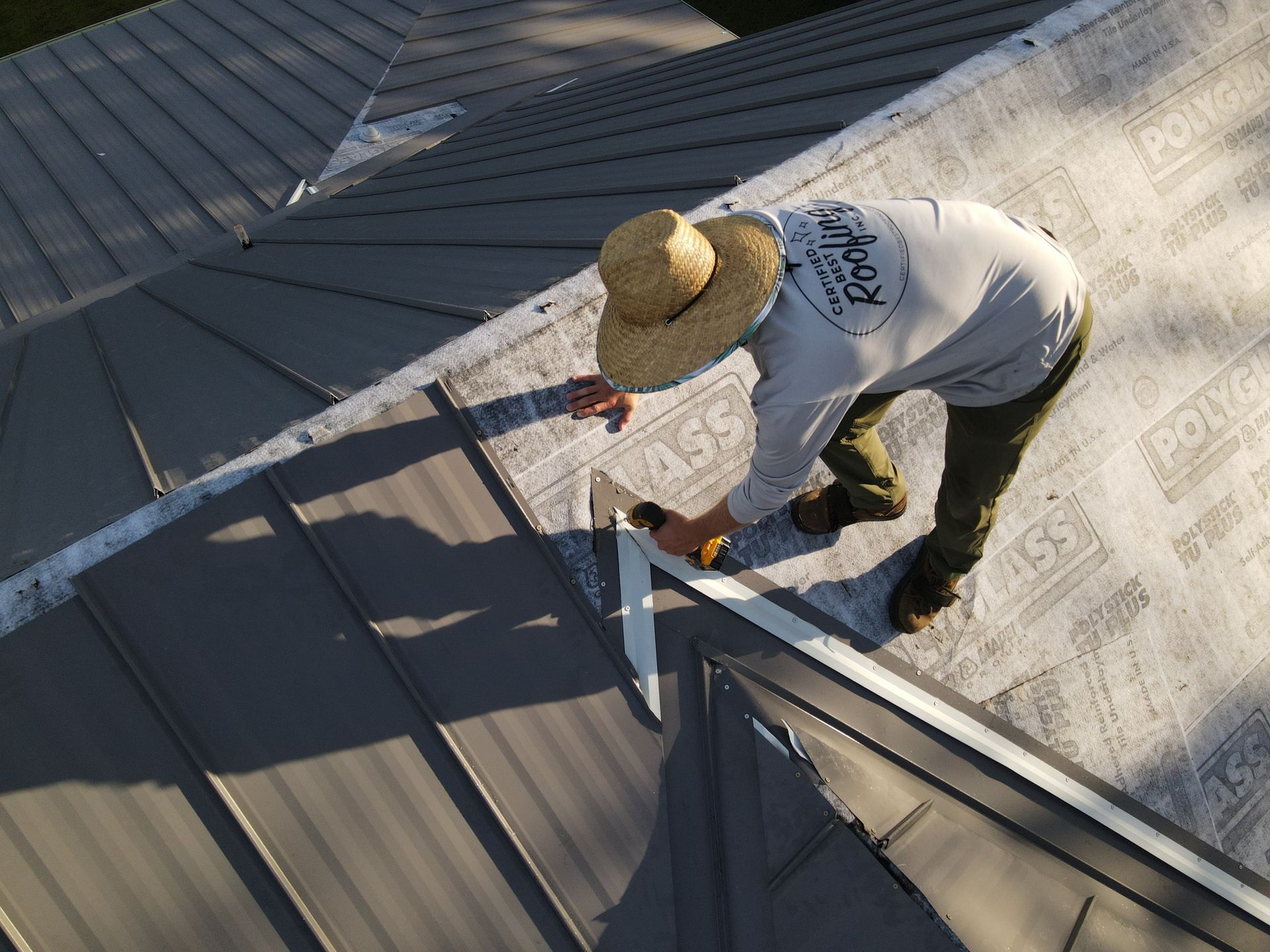
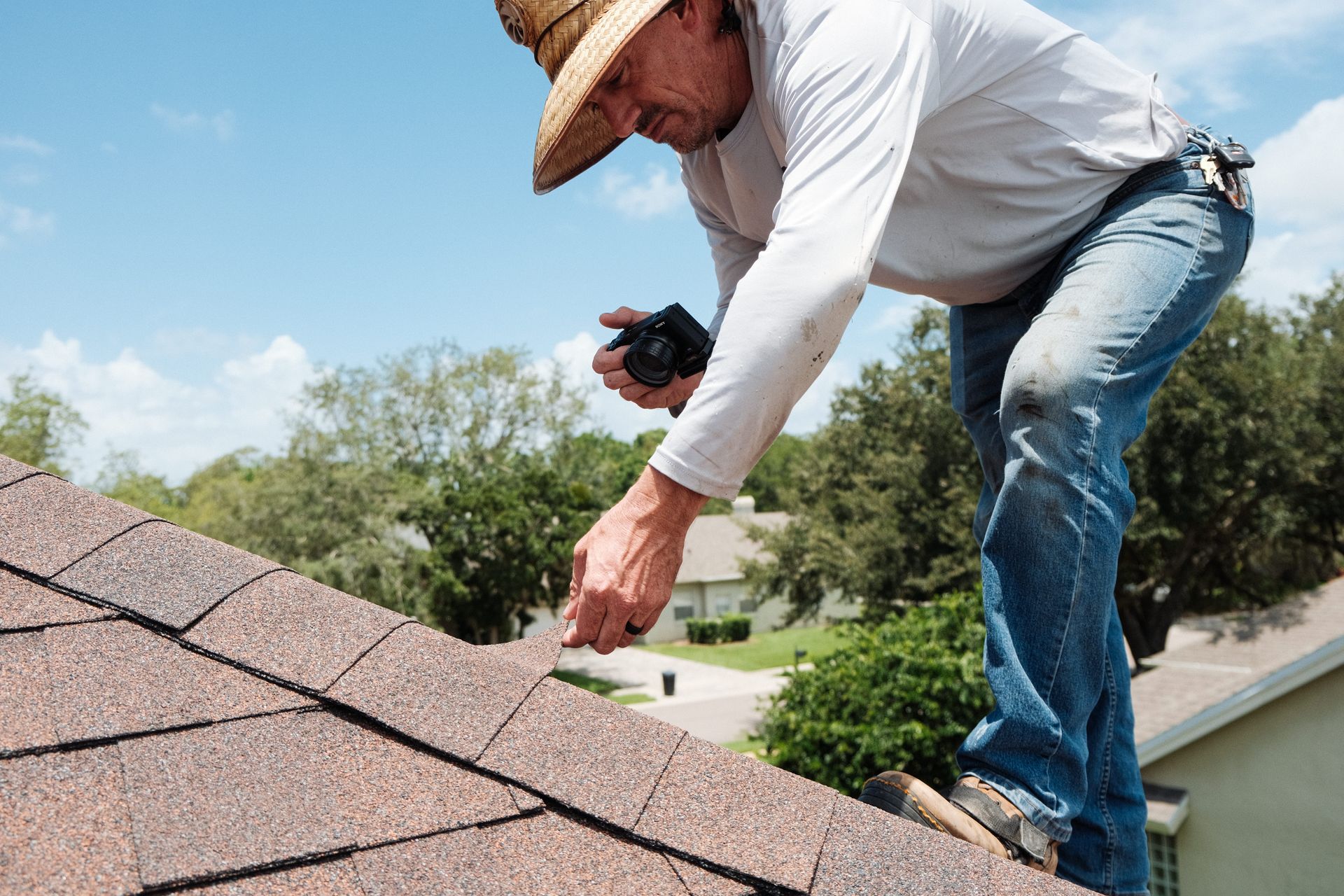
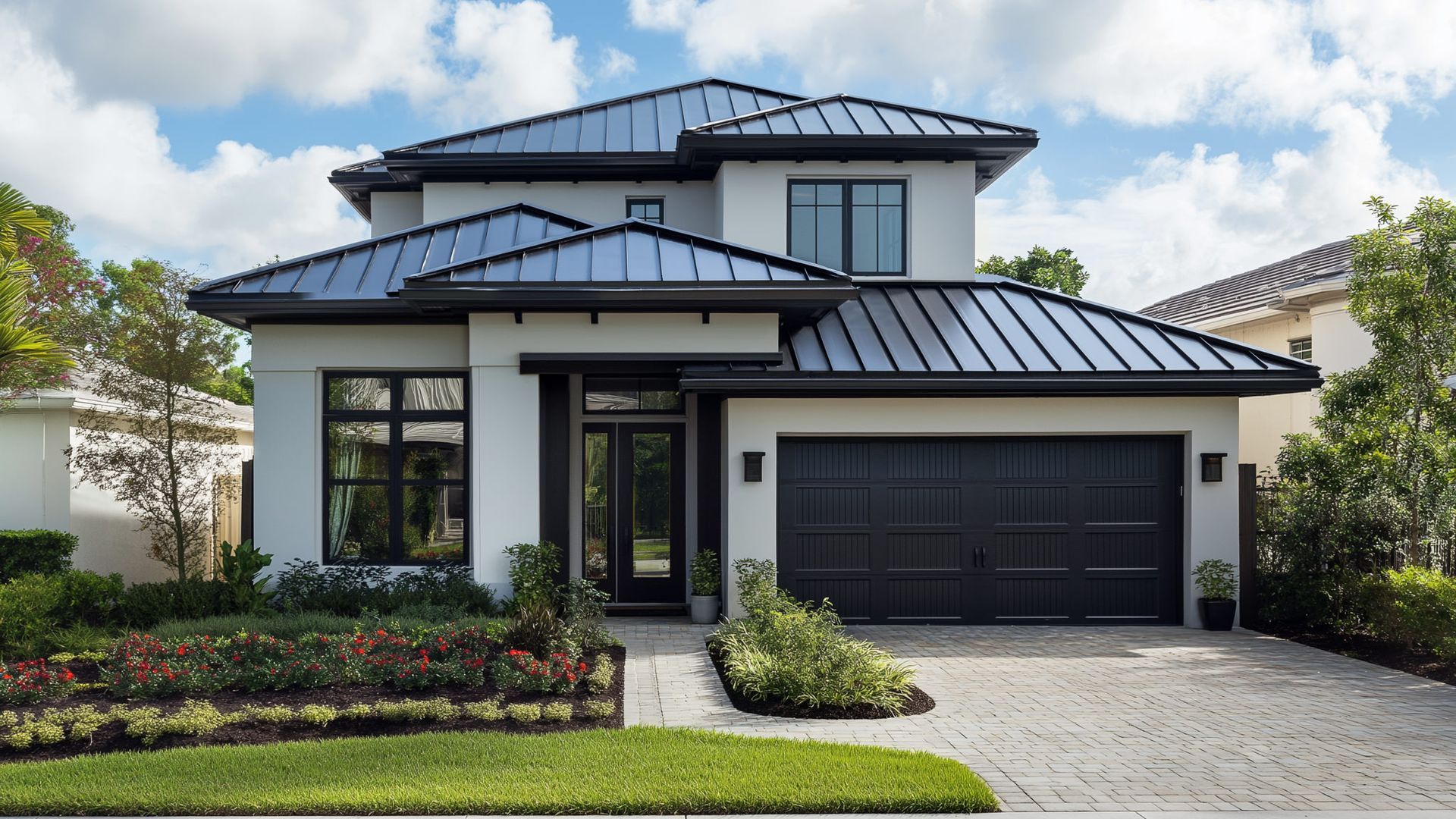
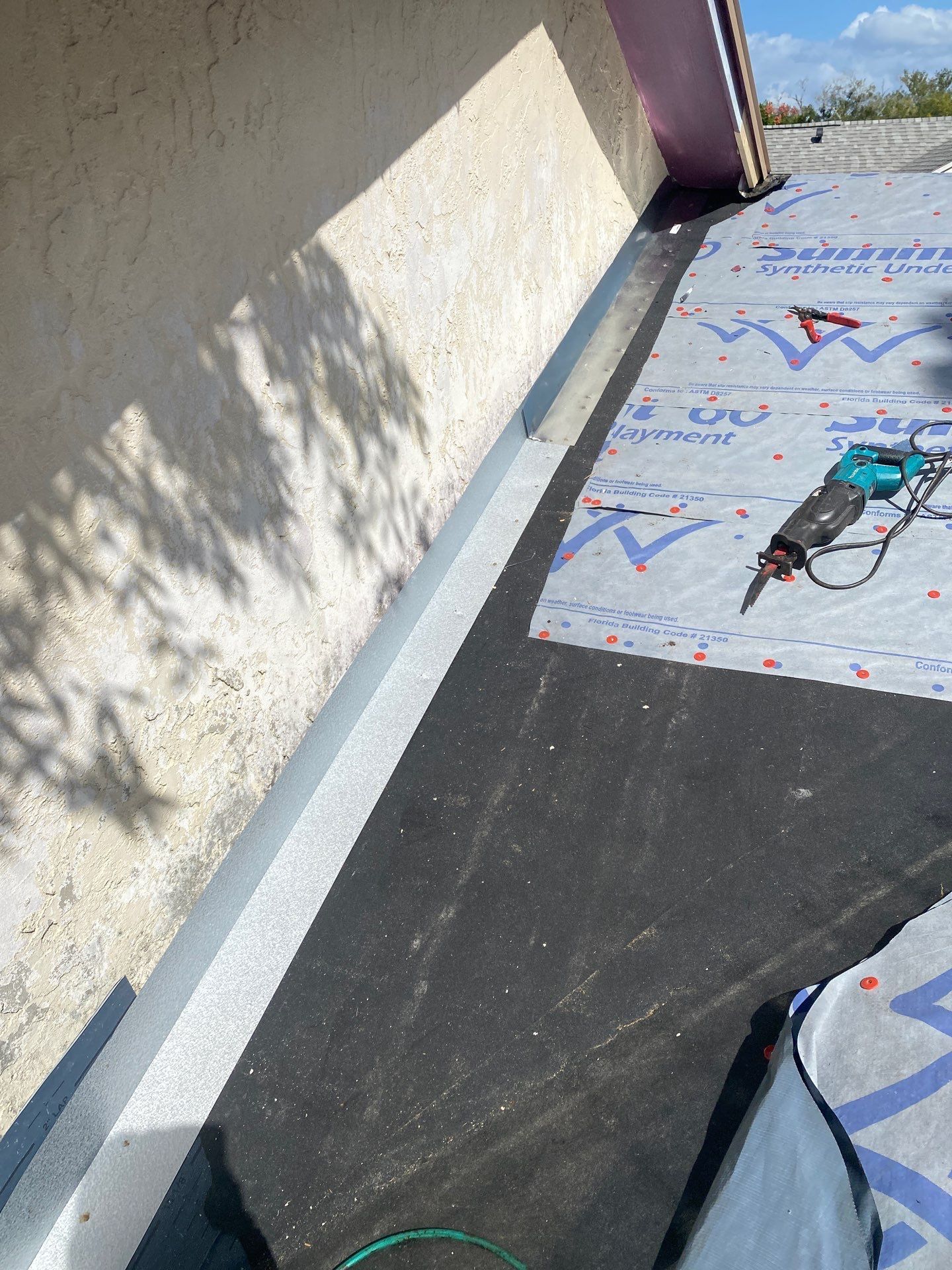
All Rights Reserved | Certifed Best Roofing
Speak With A Roof Specialist | Leave a Review | Privacy Policy
*Contact us for details about our 20 Year Labor Warranty
Roofing License #CCC1333012
CRC License #CRC1333546

